Question
Kindly solve the following questions. Production Problem 1. Consider the Cobb-Douglas production function f(x,y) = 12x0.4y0.8. (A) Find the intensities (? and 1 ? ?)
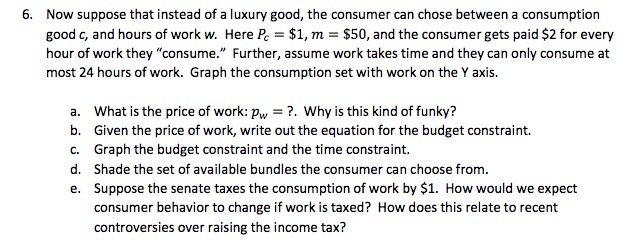
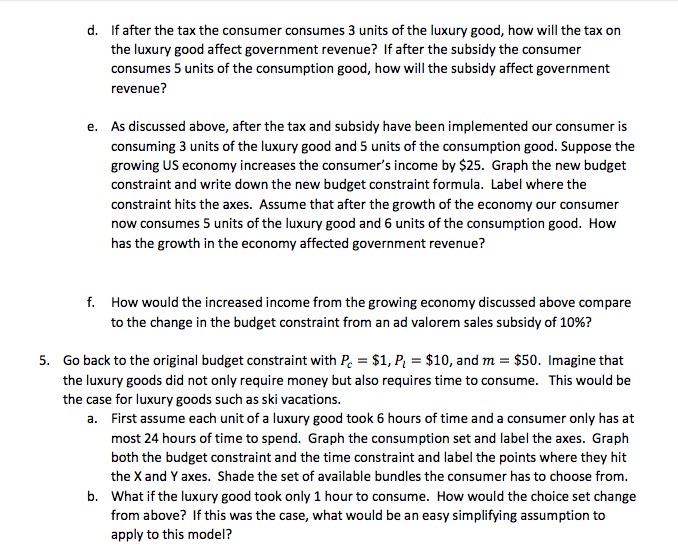
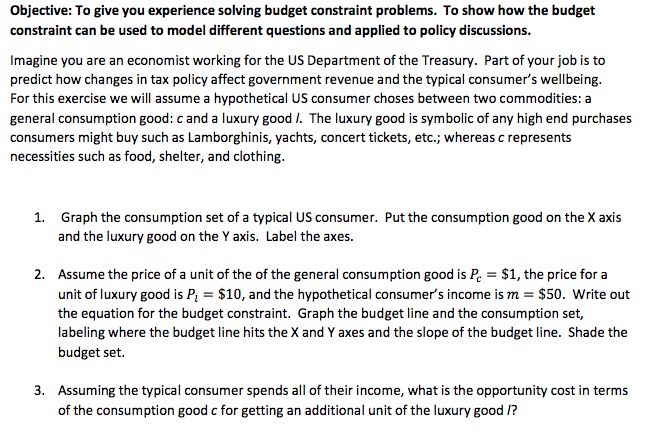
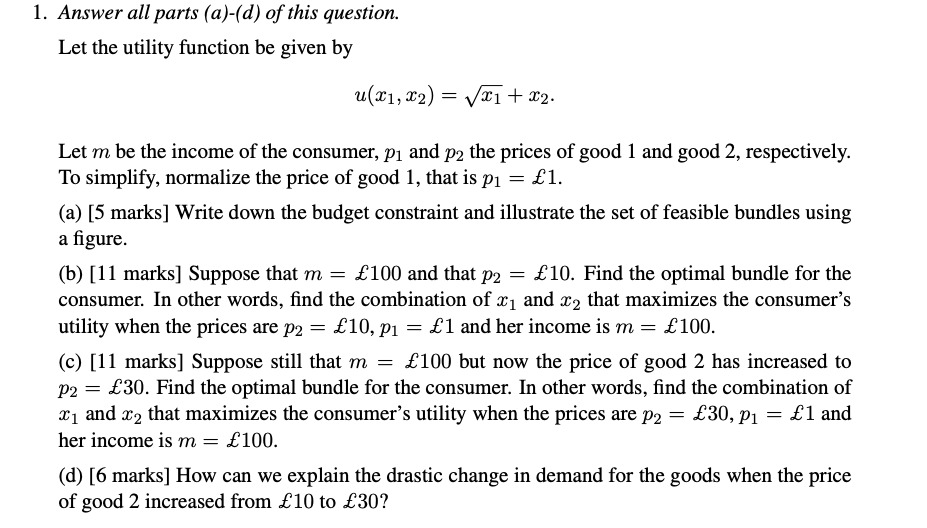
Kindly solve the following questions.
Production
Problem 1. Consider the Cobb-Douglas production function f(x,y) = 12x0.4y0.8.
(A) Find the intensities (? and 1 ? ?) of the two factors of production. Does this firm have decreasing, increasing, or constant returns to scale? What percentage of the firm's total production costs will be spent on good x?
(B) Suppose the firm decides to increase its input bundle (x, y) by 10%. That is, it inputs 10% more units of good x and 10% more units of good y. What is the percent increase in output?
(C) Suppose the firm has a production quota of q = 1000 units, and the firm inputs x = 100 units of the first good. How many units of the second good does it need to use to meet the quota?
(D) Assume the firm has a production quota of q = 2000 units, and the input prices are (px,py) = (7,19). Find the minimized cost C(2000) and the conditional factor demands (x?,y?).
Problem 2. Consider the linear (perfect substitutes) production function f (x, y) = 12.7x + 19.4y.
(A) How many units of good y would be a perfect substitute for 1 unit of good x? What is the slope of
the firm's isoquants?
(B) Suppose the input prices are (px,py) = (5,8). What is the slope of the isocost lines? How much output does the firm get when it inputs $1 worth of good x? How much output does the firm get when it inputs $1 worth of good y?
(C) Suppose this firm has a production quota of q = 500 units. Find the minimized cost C(500) and the corresponding conditional factor demands.
(D) Draw the firm's level-500 isoquant, as well as the isocost lines. Indicate the cost minimizer on your diagram.
Problem 3. Consider the Leontiev (perfect complements) production function f (x, y) = M in x , y . 9.6 5.2
(A) How many units of good y would be a perfect complement for 1 unit of good x? What is the equation of the firm's kink line?
(B) Assume the firm has a production quota of q = 400 units. Graph the firm's level-400 isoquant. What are the coordinates of the kink?
(C) Suppose the input prices are (px,py) = (16,9). Find the minimized cost C(400). What is the cost minimizing input bundle (x?, y?)?
(D) Give a complete geometric illustration of this firm's cost minimization. On a single diagram, draw the firm's level-400 isoquant, the isocost lines, and the cost minimizing input bundle.
Problem 4. Suppose that a firm's production plan is (x, y, z) = (102, 19, 957), and the market prices are (px , py , pz ) = (10, 5, 1.25). How much profit would the firm make if it carried out this plan?
Problem 5. Suppose that a firm's production function is f(x,y) = 20x0.7y0.3. Starting from the input bundle (x, y) = (40, 60), how much extra output will the firm get if it increases x from 40 to 41? How many units of output will the firm lose if x decreases from 40 to 39?
Problem 6. Suppose that the production of airframes (for aircraft) uses two inputs: capital (good x) and labor (good y). The production function is f(x,y) = xy. Assume that the price of capital is $1 per unit, and the price of labor is $10 per unit. The manufacturer wants to make 121,000 airframes. Find the cost-minimizing combination of capital and labor inputs.
Part 2.
Question 1
Use the Model of Demand and Supply to explain why the price of buffet dinners has decreased recently in Dhaka City. Your answer should include a well-labeled diagram.
Question 2
Two candidates, Mr A and Mr B, are running for presidency in Country Z. The people of Country Z can either vote for Mr A or Mr B.
We are interested to study and analyze the total number of votes received by each of the two candidates.
Discuss in detail how we can apply the model of Production Possibility Frontier (PPF) in this case. Your answer should include a well-labeled diagram.
Discuss how the definition of the PPF needs to be adjusted and modified in this situation.
Question 3
The president of Country Z wants to adopt the free market economic system and has come to you for advice. You are the economic advisor of Country Z.
a) What would be your advice to the president of Country Z? Discuss your point of view in detail.
b) The price of rice has been increasing rapidly in Country Z. Discuss all the possible ways Country Z can tackle (manage) the problem of increasing price of rice. No need to draw diagrams in this answer.
Question 4
You have decided to open a small business in Country Z and you want to hire some employees for your business.
a) Discuss why you will need a rationing device when hiring employees.
b) Discuss in detail about the rationing device you will use when hiring employees.
c) Discuss how your choice of rationing device might affect the society of Country Z.
d) Discuss how you can use the concept of incentives and negatives to get the best out of your employees. Is this situation related to optimization or efficiency? Discuss in detail.
Question 5
Mara and Dona are both consumers and producers of butter and bread. They are both living in a barter economy. The following are the production schedules of Mara and Dona:
Production schedule of Dona Butter (units per day) Bread (units per day) 8 0 4 4 0 8
Using the given situation show that specialization and trade can benefit individuals and societies. Show all steps in your analysis. Explain in detail.
You can assume that the terms of trade are 5 units of bread for 4 units of butter.
Question 6
Discuss in detail how the concept of transaction cost and economic growth may be connected. Try to explain the connection as clearly and precisely as you can. There is no need to draw any diagram.
Section ii.
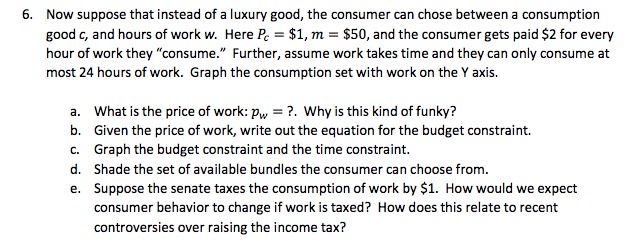
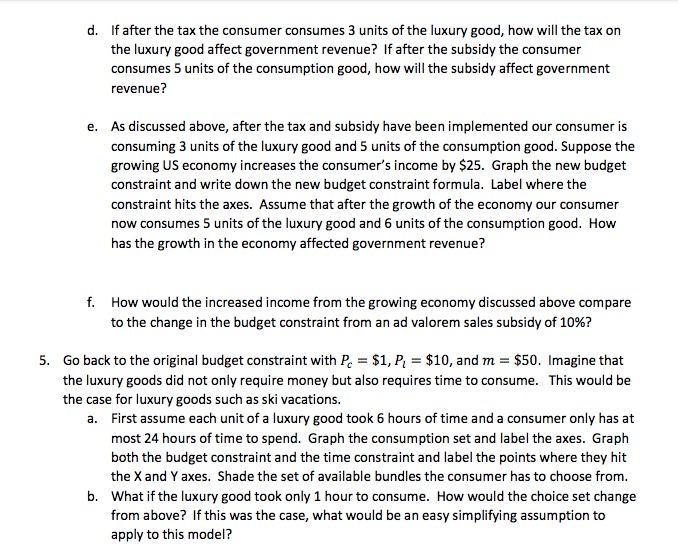
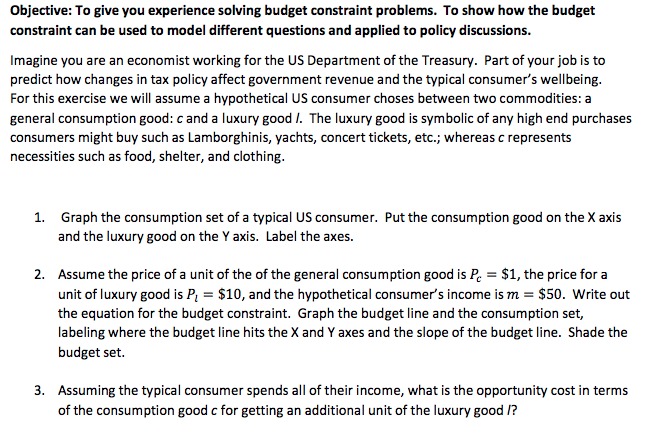

Step by Step Solution
There are 3 Steps involved in it
Step: 1

Get Instant Access to Expert-Tailored Solutions
See step-by-step solutions with expert insights and AI powered tools for academic success
Step: 2

Step: 3

Ace Your Homework with AI
Get the answers you need in no time with our AI-driven, step-by-step assistance
Get Started


